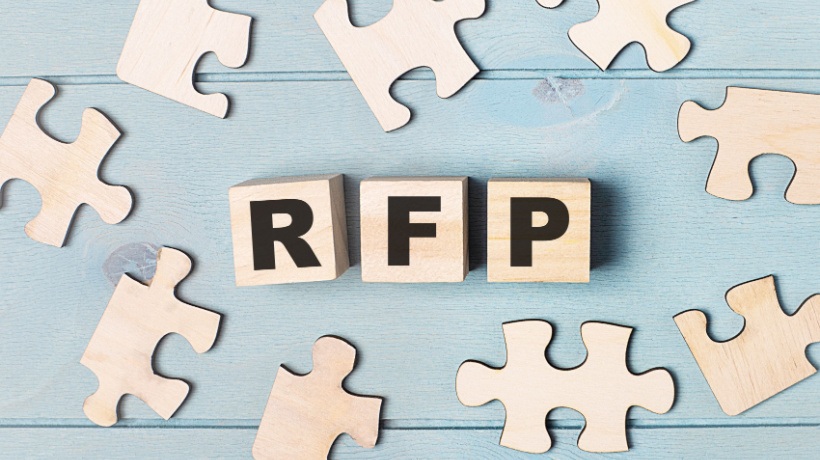How To Write A Request For Proposal For An eLearning Course
Providing opportunities for professional growth is essential for every company that cares about their employees. However, even if a company wants its employee to strengthen their knowledge and develop their skills, this doesn’t always mean that it is able to grant that.
While various learning courses and professional training are greatly appreciated by employees, not all companies have enough resources to provide them. Moreover, not all companies actually need to build such resources on their own – instead, they could entrust this job to professionals.
These days one can find plenty of vendors offering online training and various eLearning courses. The only thing left is to find the right vendor for you and to come up with a proper Request for Proposal. And that’s where struggles can begin.
Writing a detailed Request for Proposal is not an easy thing to do. That’s why today I want to help you and make this process much easier for you by offering 7 useful tips on how to come up with one.
1. Do Your Research
You have to know what exactly do you need, what would be the best solution for your problem and are there any available vendors able to fulfill your request. Even a brief research can help you with that, allowing to understand the market situation and your needs better.
2. Figure Out What You Want And Need
There’s a line between what you actually need at the moment and what you might want to have. If your budget and time are limited, it’s always better to settle with the basic minimum instead of paying for the things you don’t need now.
3. Define The Target Audience
Vendors would like to know who to prepare their courses for. To make it easier for them, you’ll have to come up with an average learner profile. State the age of your employees, their skills, their current jobs, their learning needs, and technical skills. The number of potential learners also matters so don’t forget to include it too.
4. State Your Requirements
After you’ve figured out the basics, here’s what else you can do to make your RFP as specific as possible:
- Define your budget (at least approximately).
- Make a list of your basic minimum eLearning needs.
- Make a list of needs you would like to add if it fits the budget.
- Describe the learner profile.
- Come up with some additional requirements (like the duration of course, etc.).
A proper RFP contains the following things:
- The purpose of the course.
- Learning goals that are going to be achieved during the course.
- Information about your company.
- The number and types of services expected from the vendor.
- The exact amount of products or services you’ll receive from the vendor.
- Information about the vendor.
- Terms, conditions, payment details, and the duration of the course.
- Contact data.
5. Provide The Necessary Data
Contact the vendor (or vendors) that seem the most professional and interesting to you and give them all the data you’ve collected and organized. The more specific this data is, the easier it will be for them to describe their terms and conditions for this specific project.
6. Ask Them To Specify The Details
However, you might still want to hear some details from them before you make a decision. Ask them to specify the prices (at least approximately), to tell you how long the course is going to take, and what additional tools your employees might need to complete it successfully. For example, if a course requires some extra software or devices (like graphic tablets, for example), you probably would like to find this out as soon as possible so you’re able to plan the budget accordingly.
7. Ask For Some Samples
Another good thing to do before you make a final decision is to ask the vendor to provide some samples of their work – for example, some courses they developed and conducted before. You can also ask for some references from previous clients.
Summing this up, choosing the best eLearning course requires 2 things:
- In-depth research and analysis of your company’s needs and resources.
- Detailed information from the vendors, including samples of their work, client references, and all the technical details needed for you to make a final choice.
Writing a proper RFP isn’t easy if you haven’t deal with documents of that type before. However, this article will hopefully help you with that, making it easier to craft a proper Request for Proposal.







